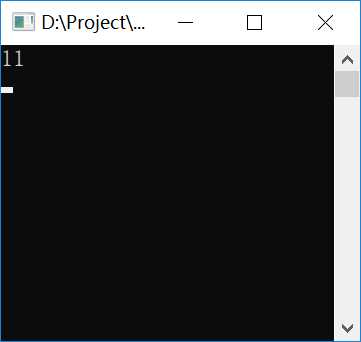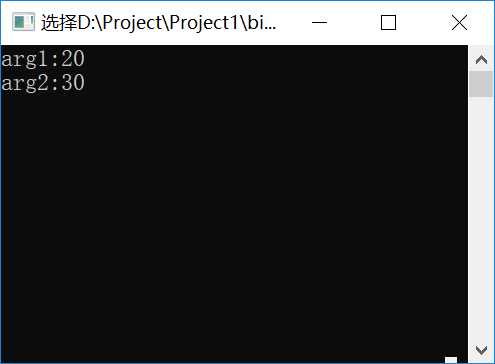关键字refout
Posted duancf
tags:
篇首语:本文由小常识网(cha138.com)小编为大家整理,主要介绍了关键字refout相关的知识,希望对你有一定的参考价值。
通常,变量作为参数进行传递时,不论在方法内进行了什么操作,其原始初始化的值都不会被影响;
例如:

public void TestFun1() int arg = 10; TestFun2(arg); Console.WriteLine(arg); Console.ReadKey(); public void TestFun2(int x) x++;
通过执行
test1 t = new test1();
t.TestFun1();
其结果输出:10
那么问题来了,如果想要操作有影响要怎么做呢?
简单的操作:添加ref关键字

public void TestFun1() int arg = 10; TestFun2(ref arg); Console.WriteLine(arg); Console.ReadKey(); public void TestFun2(ref int x) x++;
执行结果:

即:形参附加ref前缀,作用于参数的所有操作都会作用于原始实参(参数和实参引用同一个对象);
out关键字:
为形参附加out前缀,使参数成为实参的别名。向一个方法传递out参数之后,必须在方法内部对其进行赋值,因此调用方法时不需要对实参进行初始化。(注:如果使用了out关键字,但方法内没有对参数进行赋值,编译器无法进行编译)如果在调用方法前已经对实参初始化,调用方法后参数的值会发生改变,变为方法内赋的值;

public void TestFun_out1() int arg1; int arg2 = 10; TestFun_out2(out arg1, out arg2); Console.WriteLine("arg1:0\\narg2:1", arg1, arg2); Console.ReadKey(); public void TestFun_out2(out int x , out int y) x = 20; y = 30;
执行结果:

以上是关于关键字refout的主要内容,如果未能解决你的问题,请参考以下文章
